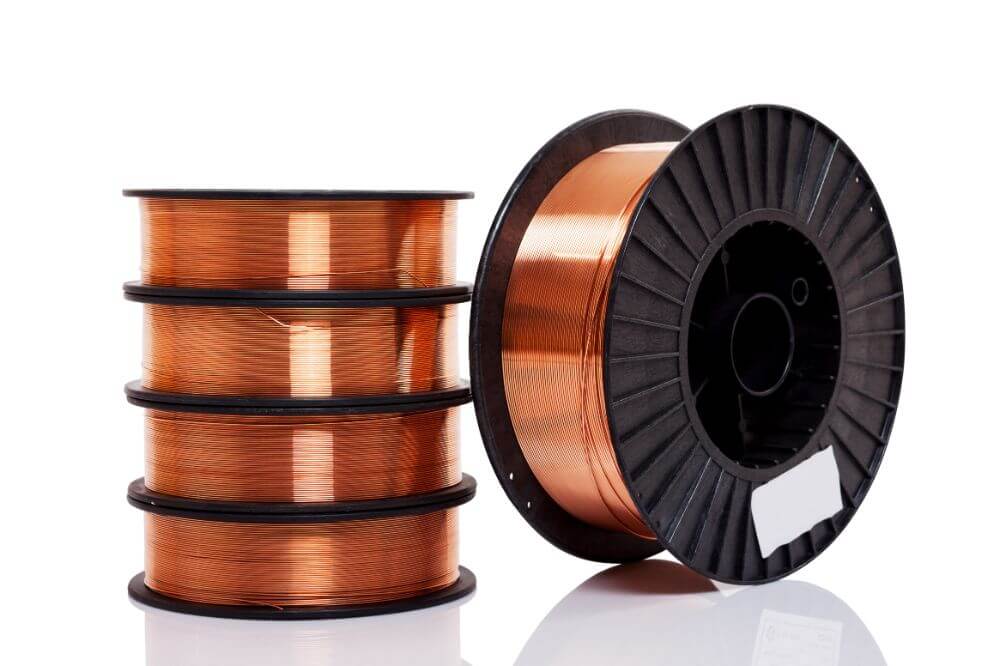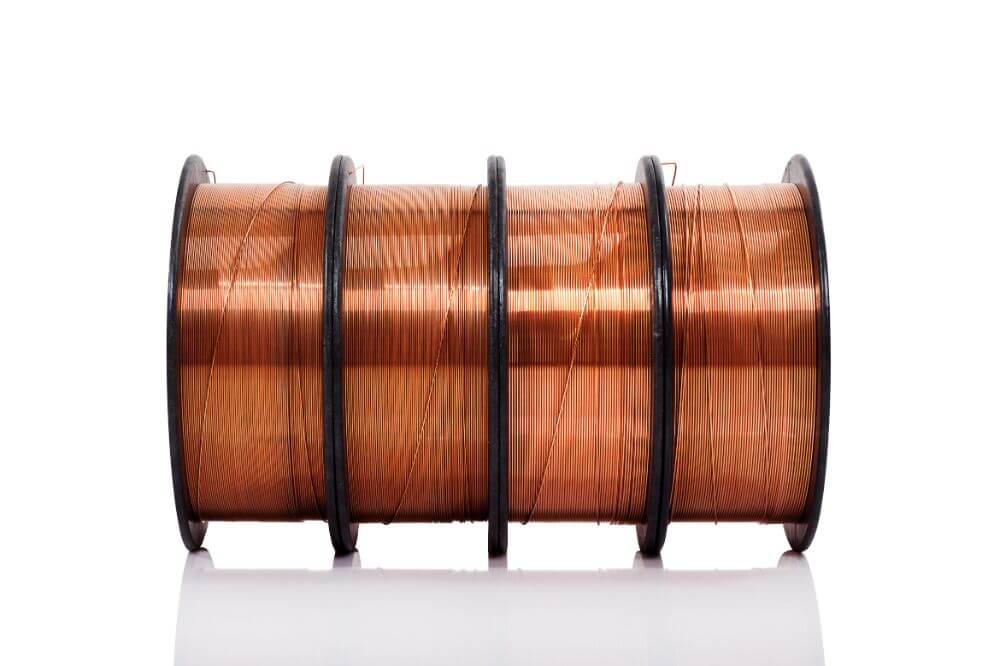Choosing the right welding wire is essential for any welding job. It’s important to understand what welding wire is, the factors that determine the correct size, and what 0.8 mm welding wire is used for.
Knowing the right size of welding wire to use can make the difference between a successful and unsuccessful welding job.
In this article, we’ll answer how do you know what size welding wire to use, what 0.8 mm welding wire is used for, and offer a few tips on choosing the right welding wire.
What is Welding Wire?
Welding wire is metallic wire that is used in the welding process. It is available in a range of sizes and materials, including aluminum, copper, steel, and stainless steel.
The size of the wire you use will depend on a few factors, such as the gauge of the joint, arc voltage, material thickness, amperage range, and welding power source.
Generally speaking, the thicker the material, the larger the diameter of the wire should be. The arc voltage and amperage range should also be taken into consideration when selecting a welding wire size.
The arc voltage dictates the amount of heat needed to create a weld and the amperage range will determine the strength of the weld. Additionally, the welding power source should be taken into account, as the output of the machine will determine the minimum and maximum wire size.
How to Determine the Correct Wire Size
When it comes to determining the correct size of welding wire to use, there are several factors to consider.
The gauge of the joint being welded, the arc voltage, the material thickness, the amperage range and the welding power source are all important considerations. For example, a joint with a thicker gauge will require a heavier welding wire, while a thinner material will need a thinner wire.
The arc voltage and the amperage range should also be taken into account when selecting the appropriate size of welding wire for a particular job. Additionally, the welding power source should be compatible with the welding wire size.
Gauge of the Joint
The gauge of the joint should be the first factor to consider when selecting the correct wire size for a welding project. This refers to the thickness of the metal being welded.
The thicker the metal is, the larger the diameter of the wire should be. This is because thicker metal requires more heat to complete the weld.
If the wrong wire is used, the weld may not penetrate the metal and may be weak. It is important to select the appropriate wire size for the joint in order to ensure a good quality weld.

Arc Voltage
Arc voltage is the voltage that exists between the arc and the electrode. This voltage is dependent on the type of welding power supply being used and the gap between the electrode and the material being welded. Therefore, arc voltage can be used to adjust the size and type of welding wire required.
When selecting a wire size, the arc voltage should match the voltage rating of the welding power source. If the arc voltage is too high, the welding operator should select a larger wire diameter.
Conversely, if the arc voltage is too low, the welding operator should select a smaller wire diameter. Lastly, when selecting a welding wire, the operator should also consider the material thickness of the weld joint and the amperage range of the welding power source.
Material Thickness
When it comes to welding, choosing the right wire size is essential. Depending on the material thickness that you’re welding, you’ll need to choose a wire thickness that’s suitable for the job. The thicker the material, the thicker the welding wire needs to be.
If you’re welding thin materials, you’ll want to use a thinner welding wire. When it comes to choosing the right wire size, you’ll need to consider the material thickness of the pieces you’re welding together.
To get the optimum weld, you’ll need to use the correct wire size to ensure that the weld penetrates the material properly. For example, if you’re welding two pieces of steel that are 3 mm thick, you’ll need to use a welding wire that’s at least 2.4 mm thick.
Amperage Range
The amperage range of the welding wire is perhaps the most important factor to consider when determining the correct wire size. The amperage range of the welding wire is usually determined by the welding power source.
If a welding power source is too large for the wire, it can cause too much heat on the wire which can lead to a poor weld.
Conversely, if the welding power source is too small for the wire, it will not generate enough heat and the weld will not be strong enough. Therefore, it is important to select an amperage range that corresponds to the welding power source.
Welding Power Source
The welding power source is a crucial component of welding. The power supply must be able to provide enough amperage for the job, or the weld won’t properly form.
The type of welding power source you choose will depend on the type of welding being done and the materials you’re working with.
It’s important to use the right power source for the job to ensure quality welds.
What is 0.8 mm welding wire used for?
0.8 mm welding wire is the most common size used for general-purpose welding applications. It’s suitable for use with a broad range of materials, including mild steel, stainless steel, cast iron, and non-ferrous metals.
It’s also used for arc welding and gas metal arc welding processes. The 0.8 mm size is also great for use with thinner materials, making it ideal for light- to medium-duty welding jobs.
Additionally, 0.8 mm welding wire is compatible with a variety of welding power sources, including AC, DC and inverter-based systems.
Conclusion
To conclude, selecting the right size welding wire is an important decision to make. The size of the wire should be based on the gauge of the joint, arc voltage, material thickness, amperage range, and welding power source.
0.8mm welding wire is used for light welding jobs, such as sheet metal and thin-gauge materials. Ultimately, the size of the welding wire will depend on the job at hand. And with the right knowledge and understanding, you can be sure to choose the correct size for the job.

